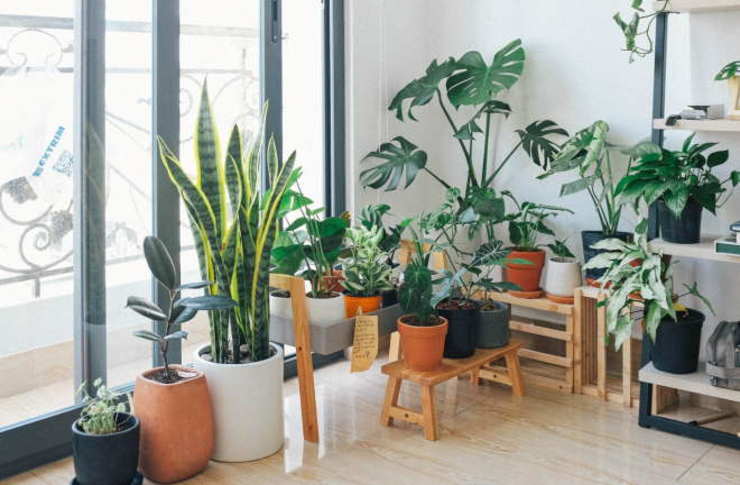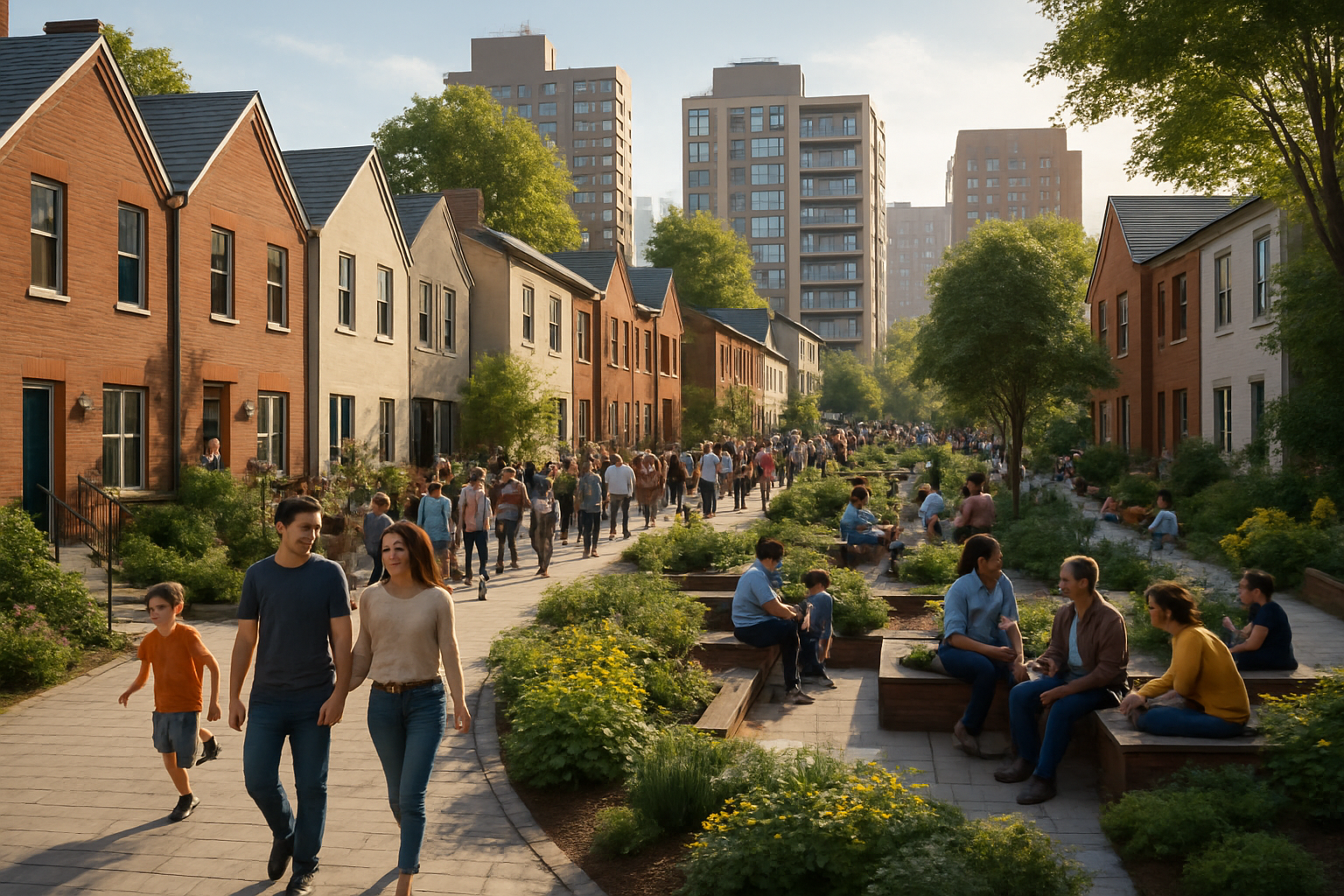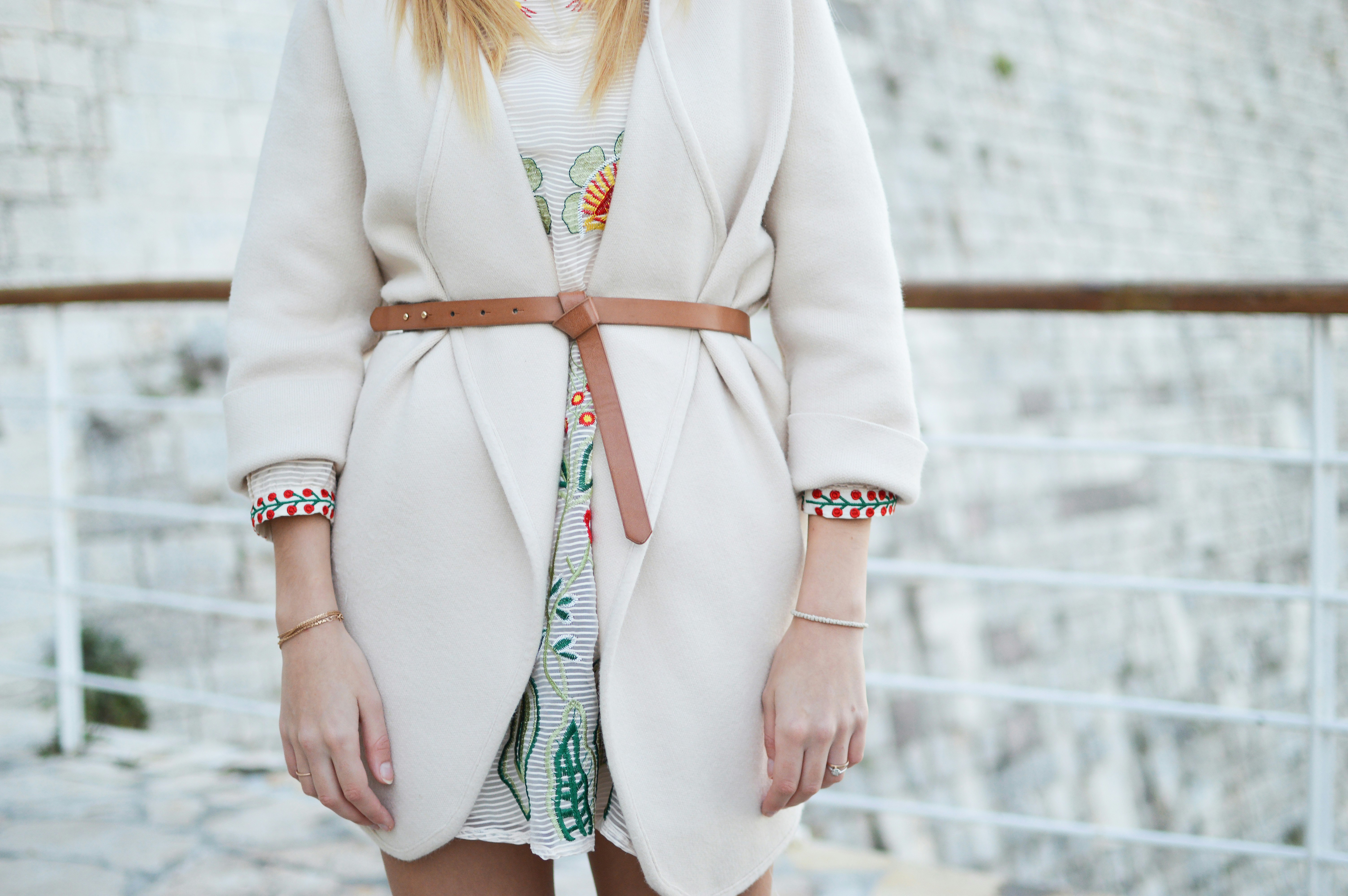The Resurgence of Wabi-Sabi in American Interior Design
In the ever-evolving landscape of home decor, a centuries-old Japanese aesthetic philosophy is making waves across American households. Wabi-sabi, with its emphasis on imperfection, transience, and natural simplicity, is reshaping how we approach interior design. This article delves into the principles of wabi-sabi, its growing influence in U.S. homes, and how it's challenging our notions of beauty and comfort in living spaces.

Origins and Principles of Wabi-Sabi
Wabi-sabi finds its roots in 15th century Japanese tea ceremonies, where simplicity and rustic elegance were prized over ostentatious displays of wealth. The term itself is a fusion of two concepts: wabi, which refers to simplicity and humility, and sabi, which embraces the beauty that comes with age and wear.
At its core, wabi-sabi celebrates the imperfect, impermanent, and incomplete nature of all things. It encourages an appreciation for the subtle beauty found in asymmetry, roughness, and simplicity. In interior design, this translates to spaces that feel authentic, lived-in, and deeply connected to nature.
The American Interpretation of Wabi-Sabi
While traditional wabi-sabi aesthetics in Japan might involve sparse tatami rooms and carefully curated rock gardens, the American interpretation has taken on a life of its own. U.S. designers and homeowners are embracing the philosophy’s core principles while adapting them to suit modern lifestyles and diverse architectural styles.
In American homes, wabi-sabi often manifests as a blend of minimalism and rustic charm. Interiors feature natural materials like unfinished wood, stone, and linen, often left in their raw state to showcase their inherent textures and imperfections. Color palettes tend towards muted earth tones and subtle neutrals, creating a serene and grounded atmosphere.
Key Elements of Wabi-Sabi Design
To incorporate wabi-sabi into American homes, designers focus on several key elements:
-
Natural Materials: Emphasizing organic textures and finishes, such as reclaimed wood, handmade ceramics, and natural fiber textiles.
-
Imperfection as Beauty: Embracing worn surfaces, patinas, and asymmetrical forms that tell a story of use and time.
-
Simplicity: Decluttering spaces and focusing on essential items that serve a purpose or bring joy.
-
Connection to Nature: Incorporating elements like indoor plants, natural light, and views of the outdoors.
-
Handcrafted Items: Prioritizing artisanal and handmade objects over mass-produced goods.
The Appeal of Wabi-Sabi in Modern America
The growing popularity of wabi-sabi in U.S. homes can be attributed to several factors. In an age of digital overwhelm and constant connectivity, many Americans are seeking refuge in spaces that feel authentic and grounded. Wabi-sabi offers a counterpoint to the perfectionism often portrayed in social media, allowing homeowners to embrace the beauty of their spaces as they naturally evolve over time.
Moreover, the philosophy aligns well with current trends towards sustainability and mindful consumption. By valuing longevity and imperfection, wabi-sabi encourages a move away from disposable decor and fast furniture, promoting instead a more thoughtful and sustainable approach to home design.
Practical Applications in American Homes
Incorporating wabi-sabi into American interiors doesn’t necessarily mean a complete overhaul. Many homeowners are finding ways to introduce elements of the philosophy into their existing decor:
-
Texture Play: Introducing a mix of textures through natural fiber rugs, raw linen curtains, or rough-hewn wooden furniture.
-
Curated Collections: Displaying collections of found objects or handmade items, arranged in a way that celebrates their uniqueness rather than striving for perfect symmetry.
-
Embracing Wear: Instead of hiding signs of use, wabi-sabi encourages highlighting them. This might mean showcasing a beloved piece of furniture with visible wear or repurposing vintage items in new ways.
-
Organic Forms: Opting for furniture and decor with soft, irregular shapes that mimic forms found in nature.
-
Mindful Curation: Carefully selecting each item in a space for its beauty, functionality, or emotional significance, rather than filling rooms with unnecessary objects.
Challenges and Considerations
While wabi-sabi offers a refreshing approach to home design, it’s not without its challenges in the American context. The philosophy’s emphasis on simplicity and imperfection can sometimes clash with deeply ingrained notions of luxury and perfection in U.S. design aesthetics.
Additionally, there’s a fine line between thoughtful wabi-sabi design and spaces that simply appear neglected or unfinished. Successful implementation requires a nuanced understanding of the philosophy and a willingness to redefine personal notions of beauty and comfort.
The Future of Wabi-Sabi in American Design
As Americans continue to seek balance and authenticity in their living spaces, the influence of wabi-sabi is likely to grow. We may see this philosophy extend beyond interior design to influence architecture, product design, and even lifestyle choices.
The wabi-sabi approach offers a timely antidote to the pressures of modern life, encouraging a slower, more mindful approach to our living environments. As it evolves within the American context, wabi-sabi has the potential to reshape our relationship with our homes, fostering spaces that are not just visually appealing, but deeply nurturing and aligned with our values.
In embracing wabi-sabi, American homeowners are not just adopting a design trend, but participating in a larger shift towards mindfulness, authenticity, and connection to the natural world. As this ancient philosophy finds new expression in contemporary U.S. homes, it offers a compelling vision for living spaces that are both beautiful and deeply human.





